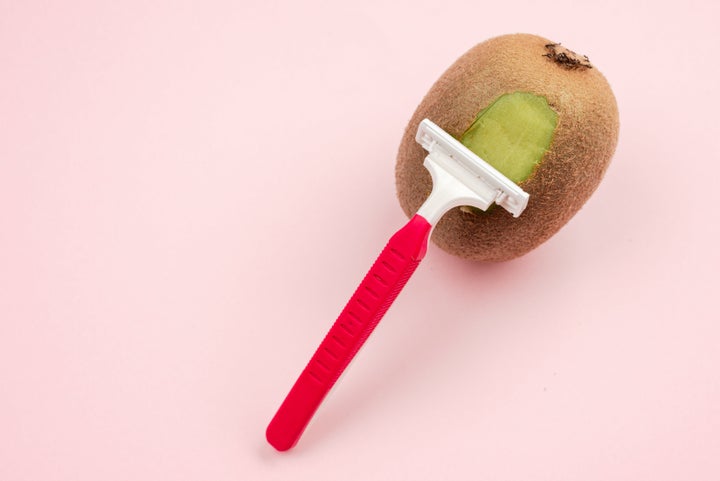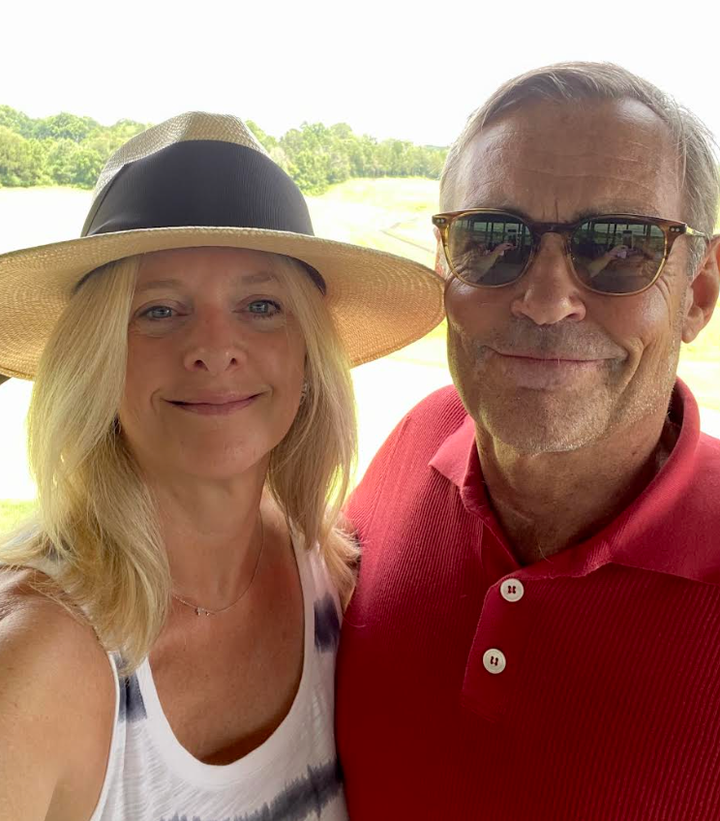
“You’re not supposed to have hair there, Ms. Page.”
As beauty trends come and go, I will never forget this update from my high school students. The year was 2014. I was teaching an all-girls health class on unreasonable standards of beauty when the conversation suddenly veered into pubic hair removal.
Despite my high comfort level with sensitive subjects (we’d already covered sexual consent, teen pregnancy and STIs), the delivery of this hot-button news item from a 15-year-old honours student left me momentarily speechless. How could there be yet another beauty standard — especially for a concealed body part — to add to the already overwhelming list of superficial ideals?
Worse, I was recently divorced after a 20-year marriage and contemplating the terrifying realm of online dating. When did this new requirement take effect, and what else had I missed along the way?
As I searched for words, the 10th graders seated before me became animated. Each one had a fervent opinion on nether regions upkeep. A hairless pubic zone was time consuming, they said. Maintenance could get expensive. Plus, razors and store-bought depilatories — the only choices for those on a babysitter’s budget — left rashes and ingrown hairs.
I took a breath and cleared my throat in an effort to take back the reins.
“Why should the most adult area of a woman’s body look like a child’s?” I began. “I think of pubic hair as a sign of maturity.”
The hands flew up.
“We shave armpits,” a student pointed out.
“And legs,” another chimed in.
Okay, they had me there.
By now, even the girls hiding in the back row had perked up, united around a shared mission: to bring their teacher up to date on modern beauty standards for female genitalia. Their sources? College-aged siblings and unnervingly young stepmothers who invested in waxing and lasers.
My students raised good points. When I married in the early ’90s, all was well as long as fur didn’t spring from your bathing suit. I hadn’t realised that in 2014, hair removal happened everywhere. And although my students’ questions were centred more on cultural trends than romantic expectations, my mind went to the latter. Was my vulva romance ready? I became every bit as distressed as my sophomores.
At 46, unreasonable beauty standards were hardly a new subject, but dating in my 40s amounted to those standards constantly being spit in my face. When I’d first scrolled through dating sites, it was clear that men my age wanted younger women. How did I know this? Because their profiles said, “Interested in younger women.”
These younger women had undoubtedly gotten the hairless memo. Did I need to give in to this new ideal to find love?
“It’s because of the porn industry,” explained my easy-to-talk-to doctor, a mom around my age. “Males are being exposed to porn at a young age through the internet. It’s changing the way they think about intimacy, including how women should look naked.”
This made sense — privates are now public. This cultural change popularised Vajazzle kits, crotch tattoos, and pubic hair styles like the landing strip. I thought of my grandmother who birthed six children and certainly never thought of her mons pubis as an objet d’art. And now here was internet porn dictating a hairless pudendum along with melon breasts, a wasp waist and a bootylicious booty as our culture’s ideal female form. While this spotlight on unnatural anatomy filled me with a protective rage for my students, who I insisted should feel good enough exactly as they were, it hypocritically fuelled a down-below makeover of my own.
Despite no prospects on the immediate horizon, I decided I should prepare. Arriving at my first (and, as it would turn out, last) Brazilian wax, I was greeted by a genteel aesthetician who led me to a private room filled with tingling music and scents of lavender.
“OUCH!” I howled, as the relaxing spa experience ended abruptly and transformed into a cosmetic nightmare that made me think of other torturous things women have done — or been forced to do — throughout history in hopes of being chosen, accepted or lusted after. And while some of these other “treatments” resulted in a lifetime of pain and disfiguration, I realised I’d already reached my limit in what I would do to compete in the dating economy.

Let me be clear: stripped of its hair, bejewelled, inked or professionally styled, the way to fashion one’s privates is a personal choice. While some women may find it liberating to remove the carpet, for me, going bare there felt against the feminism I preached to the next generation. I’d be choosing the latest cultural ideal over what truly felt like me.
As I contemplated my bare aging vulva, I hoped that my pubic hair grew back quickly, and I vowed to stay true to my roots. From then on, I would be au naturel. In the end, my rationale was similar to something I’d tell my students: Since this area was reserved for special guests, anyone with permission to visit should love me exactly as I am.
When I finally met my now-husband, it was a fun first date at a bookstore that turned into hours of easy conversation at the quaint restaurant across the street. Kind, generous and chatty, what drew me to him was the comfortable feeling that I could relax and be just me.
I no longer teach Health but often think of my students. They’re in their 20s now, establishing careers, finding their way, some are even married and presumably no longer concerned with what constitutes a “dateable” body. For all my thoughtful lesson plans, my guess is they ultimately needed to arrive at the truth the same way I did: painful — sometimes literally so — life experience. In any case, concerns about my unfashionable privates may have lost their relevance. I hear the bush is back.
Sherrie Page Guyer is a registered nurse and former high school health teacher whose writing focuses on healthcare, wellness and gender equality. Her work has been published by CNN, Newsweek, STAT, Inside Higher Ed, and more. She lives in Richmond, Virginia.